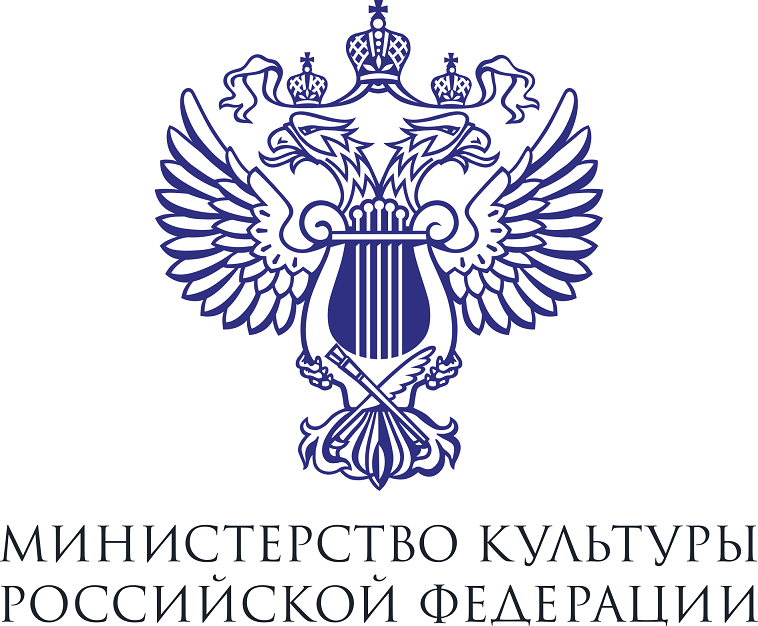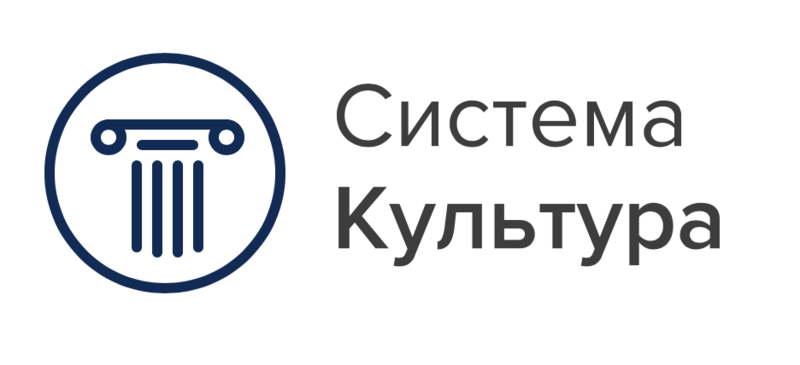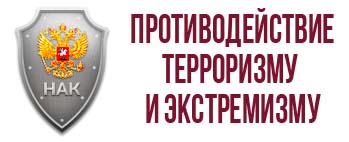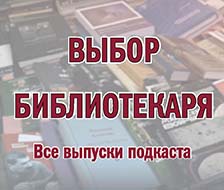Date: 06.06.2019
The grand opening of the exhibition “Games in BAUHAUS” took place in the Blue Hall of the Russian State Art Library (RSAL) on 25 April 2019, on the 100th anniversary of the founding of Bauhaus, the famous School of Design, Architecture, and Applied Arts (1919–1933).
Eleven young artists took part in RSAL’s creative experiment. The results are presented in the exposition dedicated to the 100th anniversary of Bauhaus. The experiment began with work in RSAL’s collections. Each of the artists chose one of the famous Bauhaus representatives, whose art became the starting point for the creation of their work. For the participants of the experiment, monographs, illustrated catalogues, graphic materials, and documents devoted to the famous Bauhaus masters were specially selected. By the opening of the exhibition, works were born that reflect the young artists’ contemporary views on the school’s ideas, proving the relevance of the aesthetic principles that the school laid 100 years ago. The artists experimented with painting, art objects, video, artistic textiles, installations, and interior items.
The exhibition was opened by Ada Kolganova, Director of RSAL. According to Kolganova, this type of project is interesting for the library because it attracts both new artists and readers for whom the library becomes an indispensable tool and source of ideas in their creative and academic activities. She also expressed her pleasure that the exhibition was attended by students from such institutions as the School of Contemporary Art Free Workshops, Joseph Backstein’s Institute of Contemporary Art, the Baza Institute, and the Moscow State Stroganov Academy of Industrial and Applied Arts.
Bauhaus was created in Germany in 1919 as an architectural school (German: “house of building”), however, it became a place where all forms of art existed on an equal footing—there were fine arts, sculpture, and applied arts workshops, as well as their own theatre. In 1933, when Fascists came to power, the school was closed. But it managed to fulfill its primary task: its participants provided answers to the questions that concerned architects at the end of the 19th century—what should be the language of the new architecture in the era of electricity, rapid industrialisation, and technological progress?
Guests of the library expressed their gratitude to the artists and wished them success and interesting creative endeavors.























